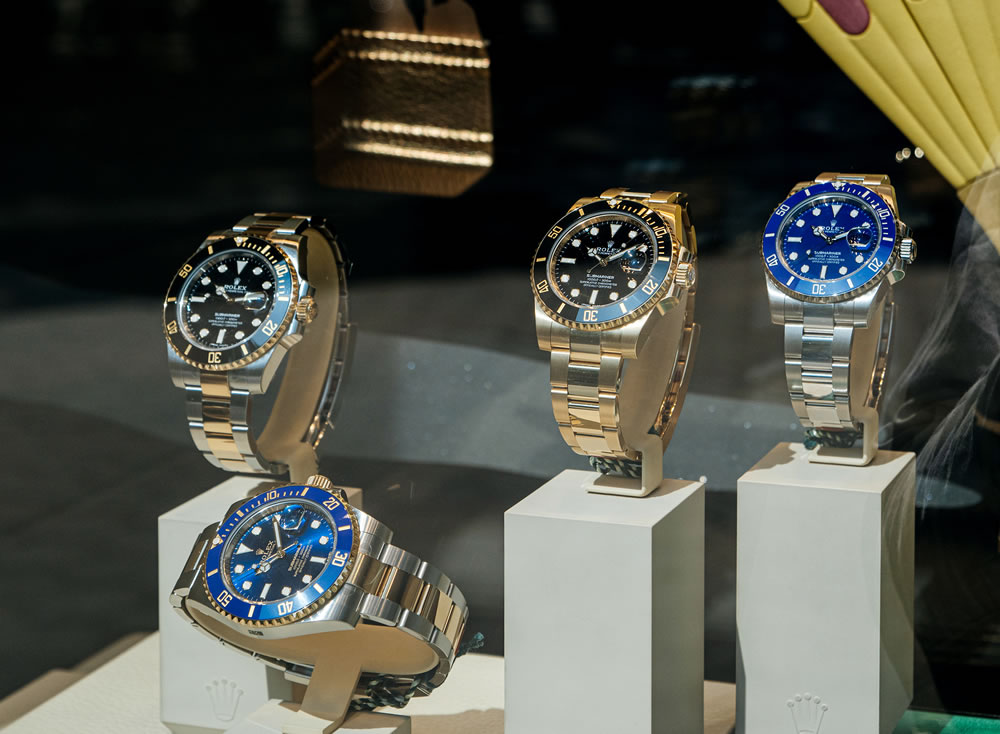In 2011, one single Bitcoin held a US Dollar equivalent value of just 30 cents. At the time of writing, less than a decade later, that same unit of cryptocurrency is worth $9,912.
If you owned that one, solitary Bitcoin – whether as a curious experiment or as a seal of approval for the philosophy of decentralised currency – your yield on investment would be a whopping 3,303,900%. (Yes, that’s three million, three hundred and three thousand, nine hundred.)
In that time, of course, the market has fluctuated, way more than you could expect with any traditional government issued currency (known as fiat currency, or fiat money). At its peak, the Bitcoin bubble rose to an all-time high of nearly $20,000 USD in the back end of 2017, but has settled at roughly half of that in the years that followed.
While traditional finance experts and economists have hedged their bets on the side of an eventual cryptocurrency collapse, it does not seem to be on the horizon anytime soon. Of course, the exponential rise in the value of cryptocurrency has balanced out, which means that becoming an overnight millionaire is harder than it once was, but it is certainly become legitimised in the eyes of the market too, as evidenced by the advent of services like the-bitcoin-traders-app.com.

New kids on the blockchain
By its very nature, Bitcoin, and all cryptocurrencies, is likely to attract a completely different demographic of investor compared to your traditional Wall Street types. The brainchild of Nakamoto, Bitcoin was created largely to serve two purposes. The first was to implement a peer-to-peer currency that was not under centralised control (most often, from a government) and would thus be freed from the regulatory shackles of fiat currency, including conversion fees, bank charges, etc.
The second purpose was to allow Bitcoin holders to trade these currencies anonymously. When you consider that the earliest cryptocurrency adopters tended to be those with no little technical, mathematical and computing nous, as well as those likely to hold a little bit of an anarchist streak in them, you begin to understand that these types of people, who struck the motherlode with Bitcoin, are not your common or garden millionaires.
Crypto concierge
As the urban legend goes, the first-ever ‘real-world’ transaction funded by Bitcoin came in 2010, when Floridian computer technician Laszlo Hanyecz requested that someone exchange his 10,000 Bitcoins for two Papa John’s pizzas. Some well-meaning internet user brokered the deal, worth around £30 at the time, and Hanyecz made history. Nowadays? Those 10,000 Bitcoins are worth over £76m. I hope the pepperoni was worth it.

Away from the pizza and into the luxury market, some of the more pioneering brands immediately cottoned on to the emerging market that Bitcoin provided. Hublot were one of the first to embrace the emerging customer base, partnering with Asian company OS Limited to provide a watch that was available exclusively on pre-order through Bitcoin. Other luxury watch manufacturers have followed suit since.
But some of the more traditional luxury brands have continued to hold out against the cryptocurrency surge due to concerns about stability of the market. Whether you agree with their reasoning or not, the old guard’s reluctance to crank open the doors for blockchain clientele has produced the side-effect of allowing third-party crypto-currency ‘concierges’ to carve out a profitable niche in the luxury goods market.
Perhaps the best example of this is an American woman by the name of Elizabeth White. The financier first dabbled in Bitcoin in 2011, buying up a small amount for herself having been impressed by the decentralised nature of the currency.
That interest remained, and became a business venture in 2016, when she forged the White Company, a concierge service which acted as the middle man in transactions between customers wishing to remain anonymous and pay in Bitcoin, and luxury goods providers who wanted to be paid in fiat currency.

By partnering with venture capitalists, White procured the capital to ensure payments to fiat currency vendors could be met, while receiving her payments in Bitcoin. It required a leap of faith on her part, backed by the hedge funders, but it has been incredibly fruitful, as she explained in an interview with Forbes magazine.
The company has gone from strength to strength, which perhaps identifies just how strong the Bitcoin-funded luxury market is. Evolving the concept even further, White recently launched the White Card – a cryptocurrency funded debit card.
White’s company has gone on to act as a concierge for individual transactions which have cost over $1m, as well as to break new ground by facilitating the purchase of contemporary art.
She is not the only one. A cursory Google search brings up a number of Bitcoin-to-retail intermediaries, all around the globe. At the lower-end of the market, high-street retailers from Subway to Starbucks have, at one point or another, made the move to accommodate cryptocurrency.
High-end luxury retailers may still be dragging their heels, but Bitcoin will eventually force its way into their coffers. It’s a matter of when, not if.
Investing in cryptocurrencies carries risk, do so at your own risk and we advise people to never invest more money than they can afford to lose and to seek professional advice before doing so.






















